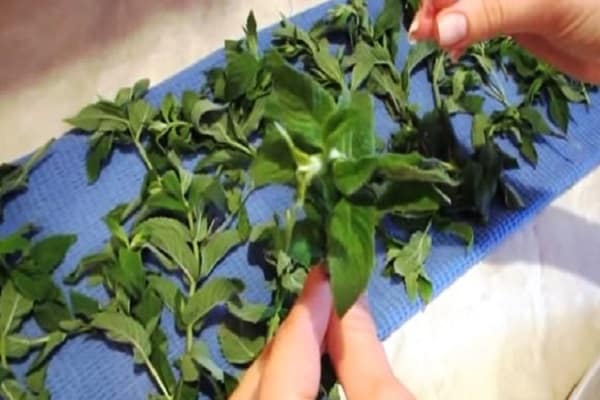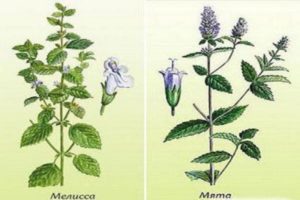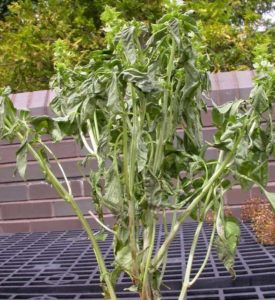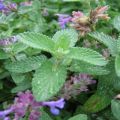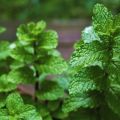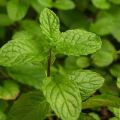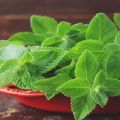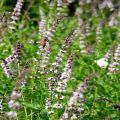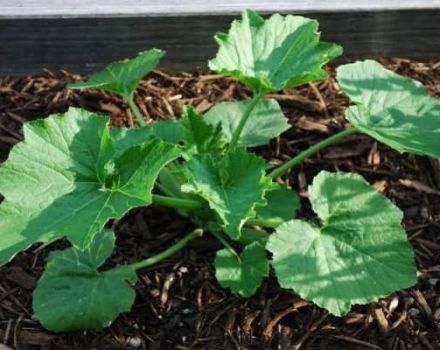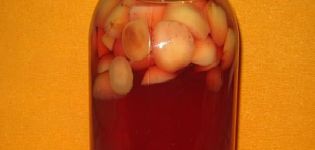Description of the variety of peppermint Kuban mint, features of cultivation and care
Gardeners who love various spices grow at least a small amount of Kuban peppermint on their plots. This plant is added to tea and dishes to give them a unique original taste. In medicine, it is widely used to treat nervous disorders, colds.
To get strong and healthy seedlings, it is important to properly sow the seed material. All varieties of mint are considered useful and aromatic, but the Kuban one is one of the most medicinal, the bush of which reaches a height of 45 cm.

Features of the variety
Peppermint has a menthol refreshing aroma that is slightly weaker than other varieties of the plant. The stems of the bushes are erect, the leaves are green with an ovate-lanceolate shape, more pubescent below. Flowering occurs from July to August, while the available small flowers with a light purple tint are collected in inflorescences of the spike type.
Kuban mint is grown by sowing in the soil and transplanting seedlings. Plants are harvested during budding for subsequent drying.
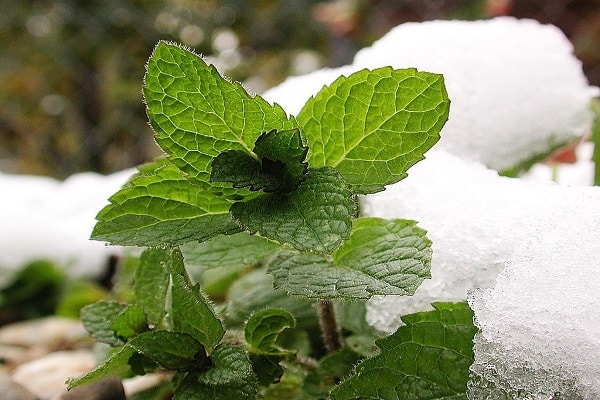
Where grows
Peppermint is a delicate, aromatic and refreshing herb. It does not require a specific type of climate and region for itself. This quality allows many novice and experienced gardeners to grow spicy bushes on their plots. Housewives, who want to always have fragrant leaves on hand, grow mint on their windowsills.
The plant thrives on well-drained and fertile soils. It will not be able to take root on clay soil. The appearance of the bushes depends on moisture, you cannot plant them in a place where there are flows of groundwater, because their excess will ruin the mint. If the soil is not rich, then it is recommended to add rotted manure to it. In the case of using fresh organic matter, an increase in the growth of leaves will occur, and there will be less essential oils. This result is obtained due to the large amount of nitrogen.
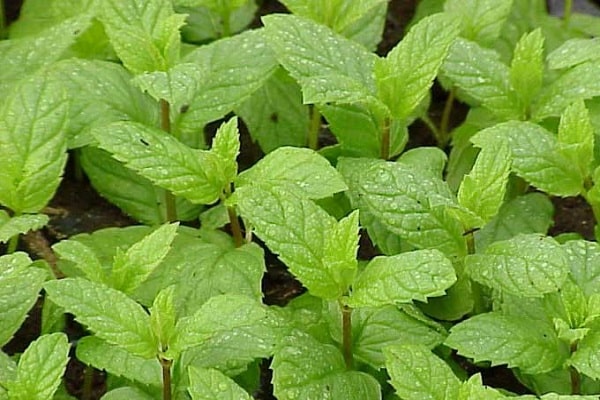
Seed preparation
Sowing material is best purchased from gardening stores, because it does not need to be further processed. You can also prepare the seeds yourself, but here it is important to take into account the moment of their ripening, since immature ones will not be able to sprout.
Before planting, you need to sort out all the seeds and leave only whole ones. In general, mint has a rather low germination rate, only 2-3 sprouts can hatch from one package.
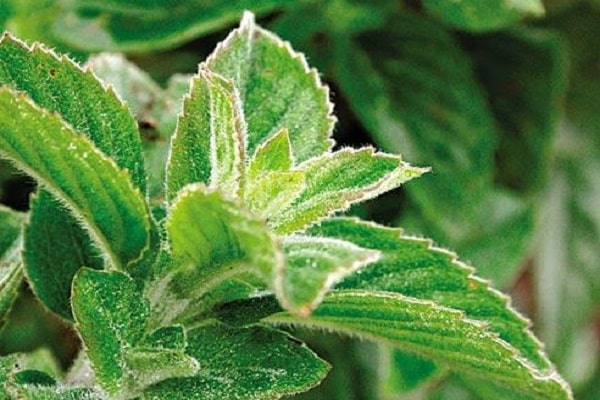
Choosing a landing site
The garden bed on which the Kuban mint will grow is prepared in the fall. First, it is dug up, then 1 bucket of humus is introduced per 1 m2... In the spring, digging is carried out again, the packed soil is broken up with a rake. Top dressing for 1 m2 used like this:
- humus - 3 kg;
- superphosphate - 15 g;
- saltpeter - 15 g;
- sodium chloride - 15 g;
- ash - 2 tbsp. l.
The bed is well leveled, after which it takes several days for the earth to shrink.
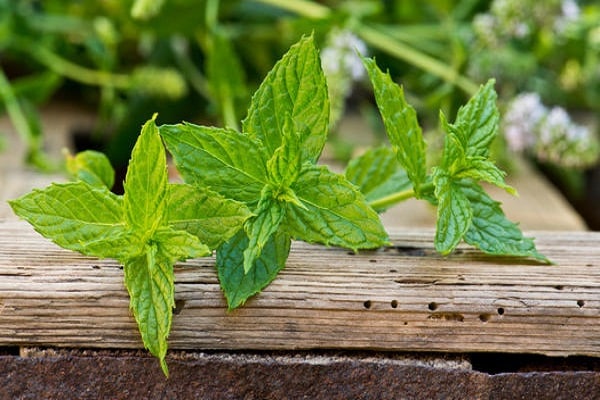
Sowing
It is most convenient to plant seeds in transparent plastic containers with lids. It is easy to observe the necessary indicators of humidity and heat in them for successful germination. In addition, seedlings and their condition are clearly visible. The sprouts need to be regularly ventilated.
In order not to waste time opening and closing the lid, small holes are made on the containers.
It is necessary to plant seeds in moist soil to a depth of no more than 5 mm. A little bit of earth is sprinkled on top. Mint seeds are small, if you water them from a watering can, then a stream of water is able to tighten them inward, as a result sprouts will not appear. Therefore, it is recommended to use a spray bottle.
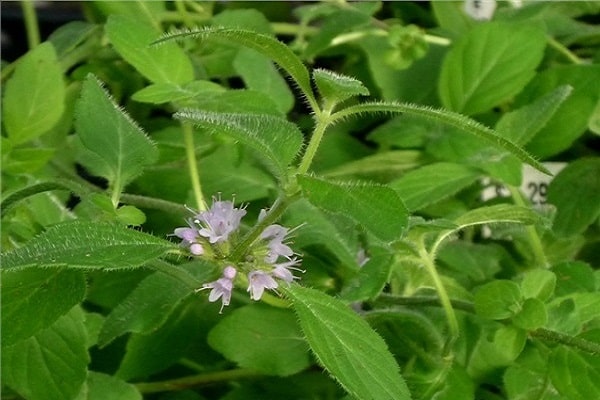
The containers are placed on sunny windowsills in warm rooms. The favorable temperature level is between 21-24 degrees Celsius. In winter, a basin of water is placed near the seedlings. This is necessary to maintain favorable humidity.
The first shoots hatch after 7-14 days. At this time, the lids are removed from the containers. After they get stronger, they are transplanted into separate deep containers. It is important to add drainage in the form of gravel or broken bricks to them. It is best to use soil with an acid-base composition of 6-7. Special fertilizers are used to feed the plants.
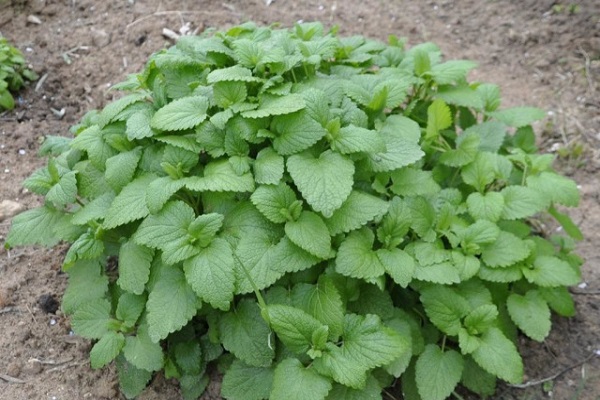
Plant care
Peppermint Kuban is undemanding. But for good growth, you need to take the following care steps:
- Remove weeds while weeding and loosening the soil.
- Water regularly is moderate in winter and more in summer.
- Apply mineral fertilizers with nitrogen and phosphorus, which will maintain the viability of the bushes.
- Transplant mint once every 2-3 years for rejuvenation, good growth and development of the plant.
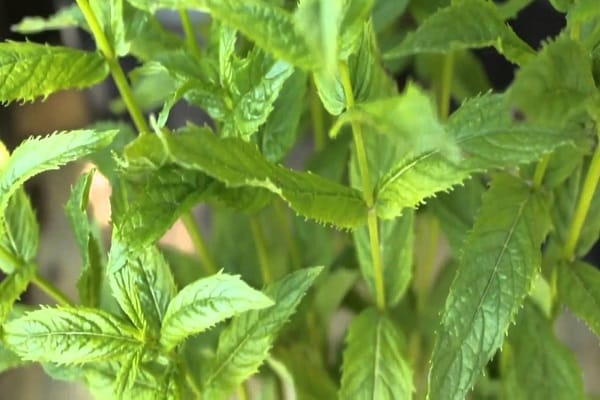
Harvesting and storage
Mint is harvested when the need arises. But botanists recommend cutting it off during the flowering period, because at this time the content of essential oils is maximum. The stems are cut and tied in bunches, then hung out in well-ventilated areas or laid out on cloth or paper in thin layers. Dried mint can be stored for 2 years. During this time, the beneficial properties are not lost.
Many gardeners simply sometimes cut the leaves of the plant and add them to tea. But in this case, there is no question of essential oils and menthol. Only a pleasant aroma and mild hypnotic effect can be expected from such mint.
It is not at all difficult to grow Kuban peppermint on your own at home or on a plot. But in order to get healthy seedlings, you must follow the recommendations for planting and caring for plants. As soon as the bushes get stronger and become strong, they will no longer require much attention.
